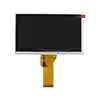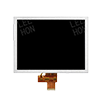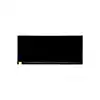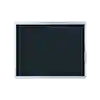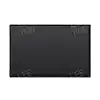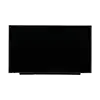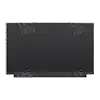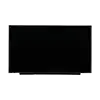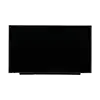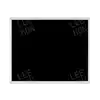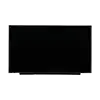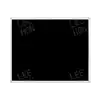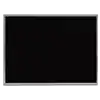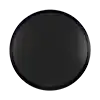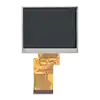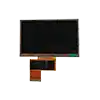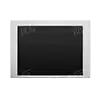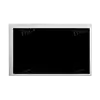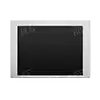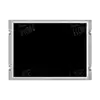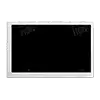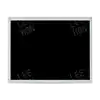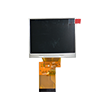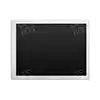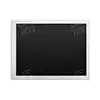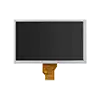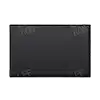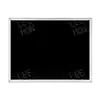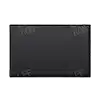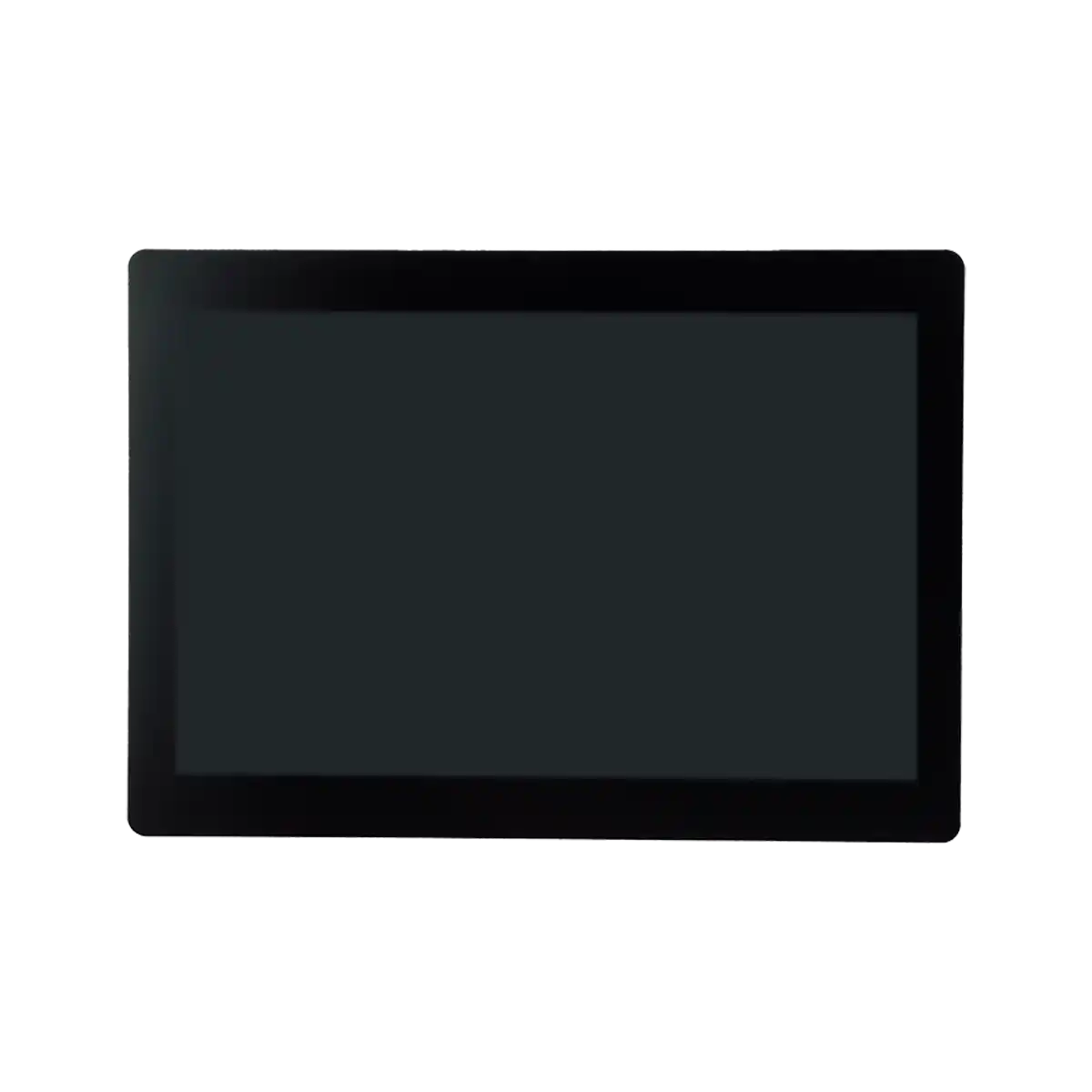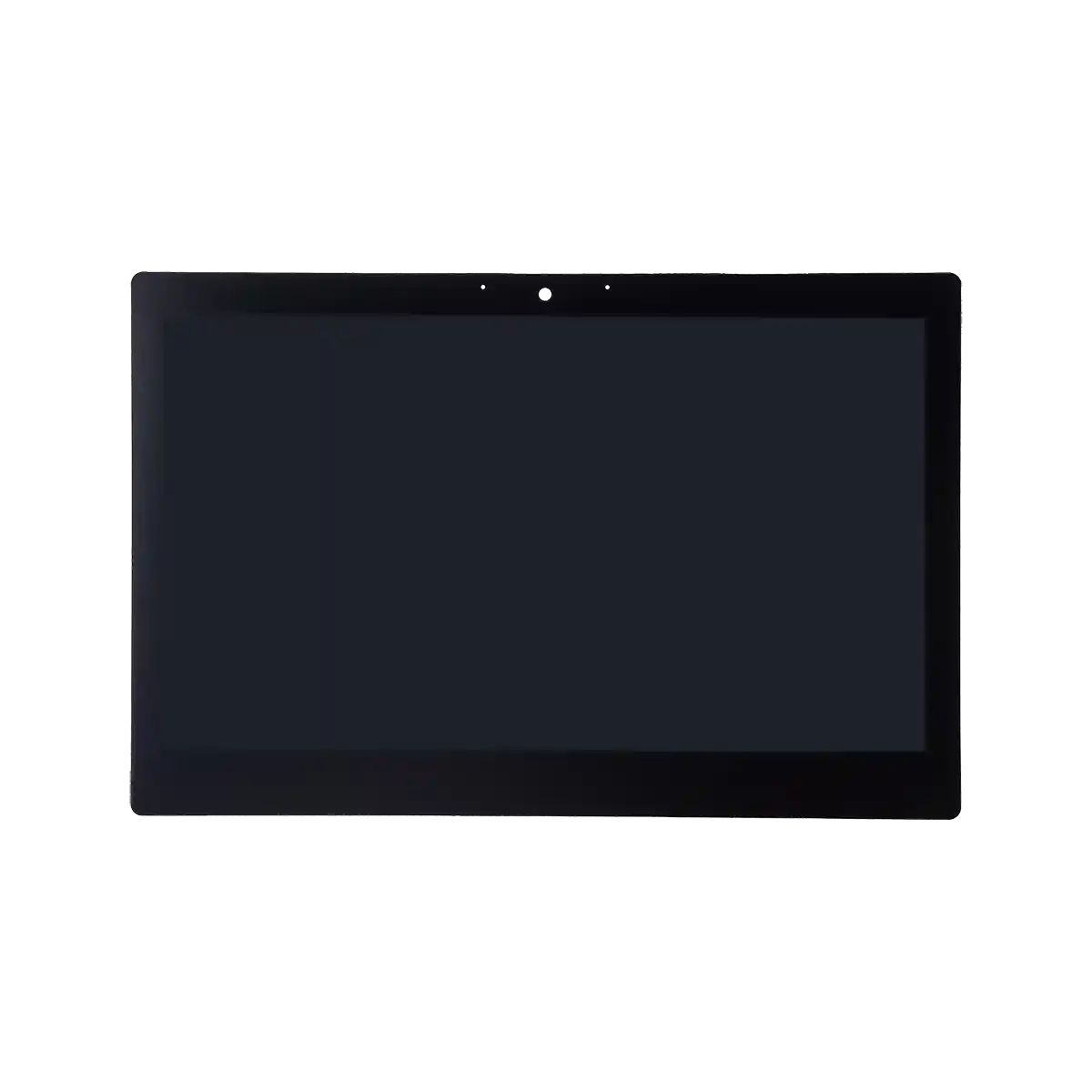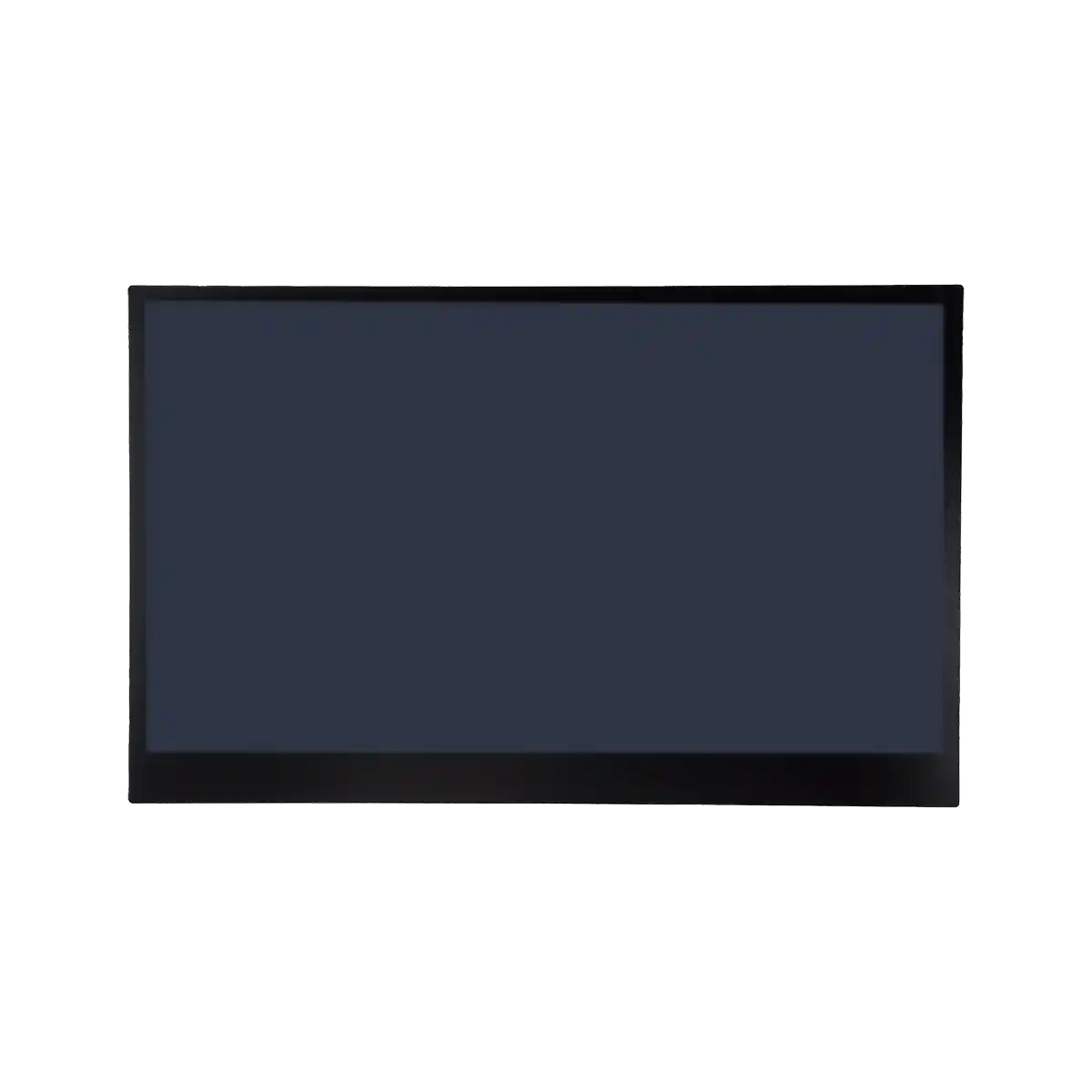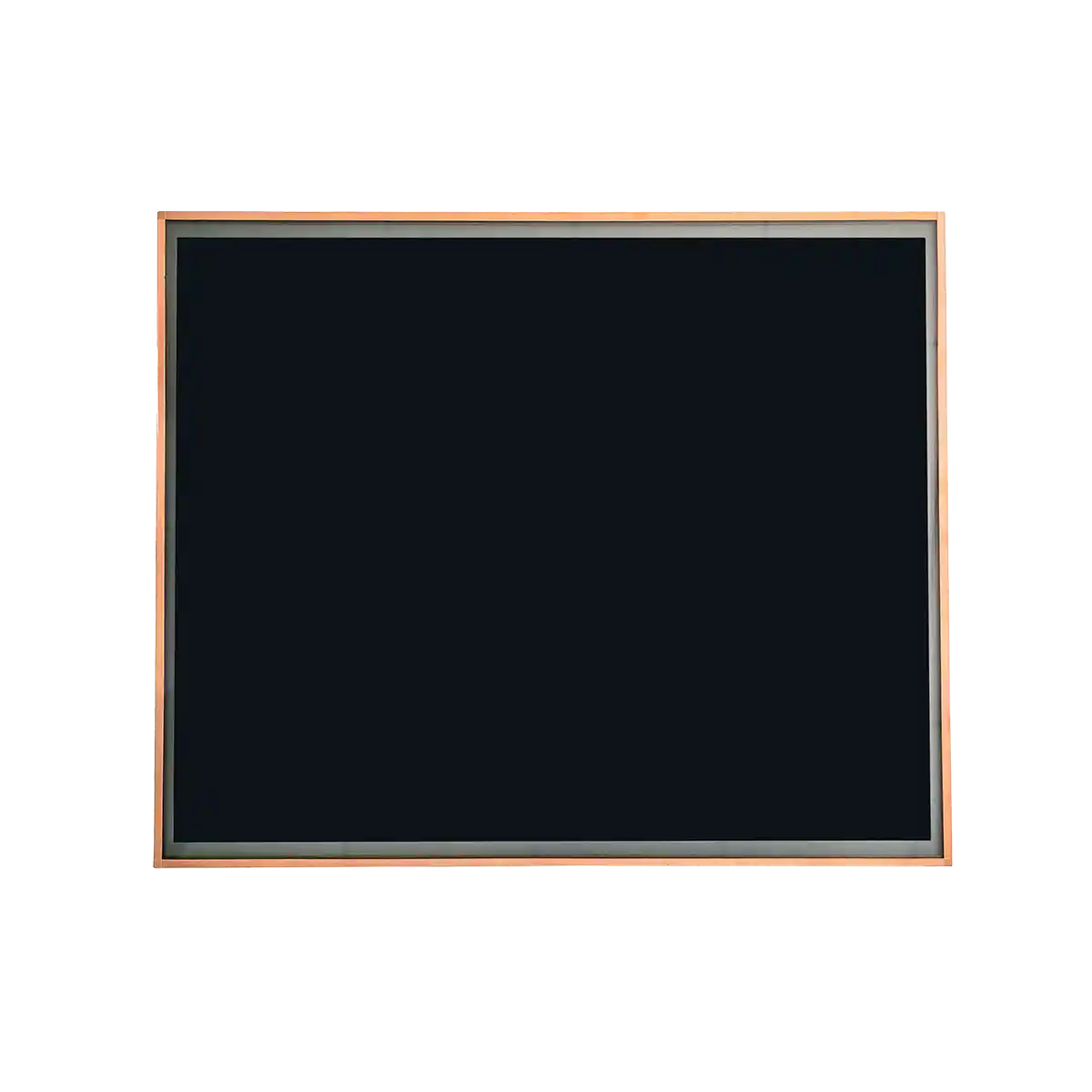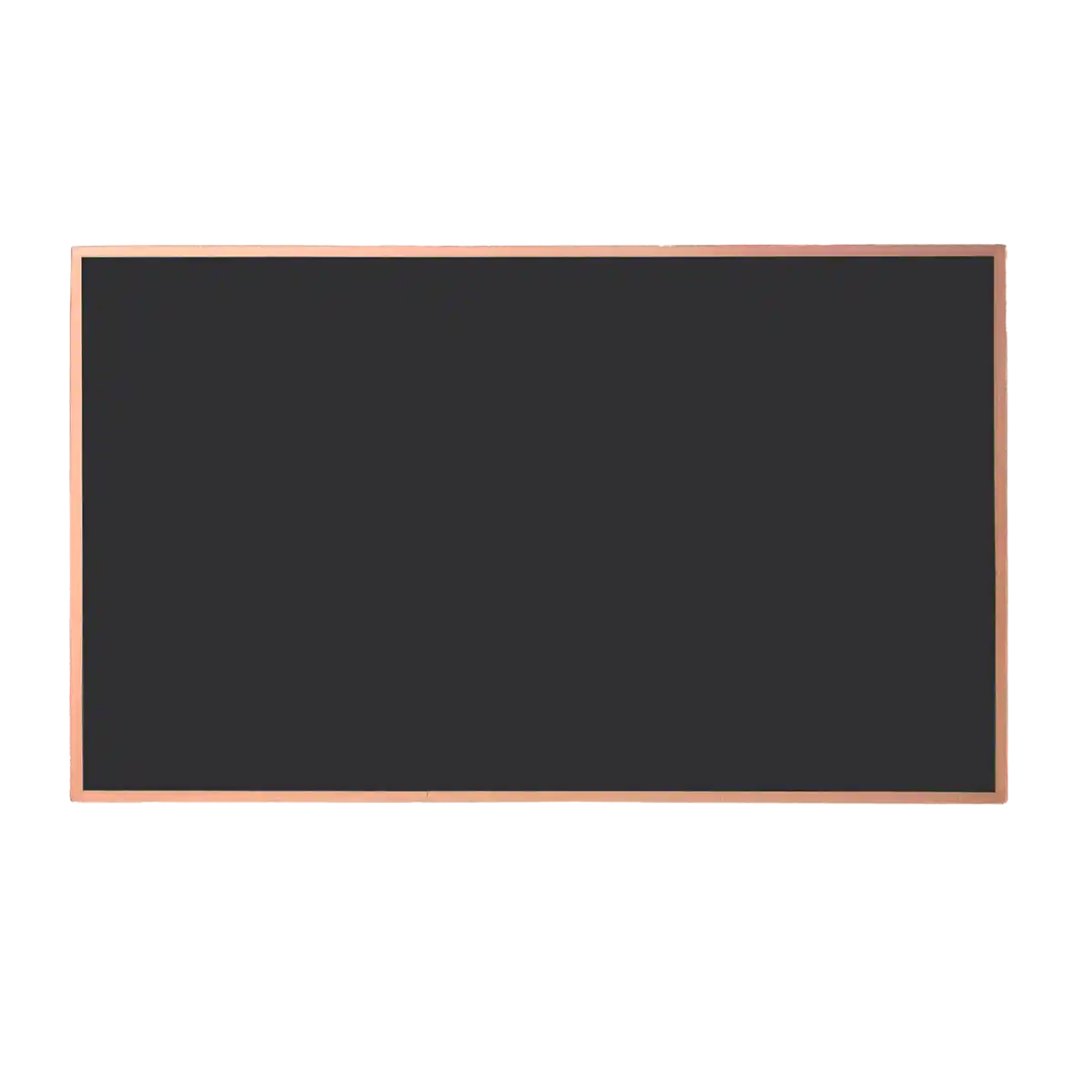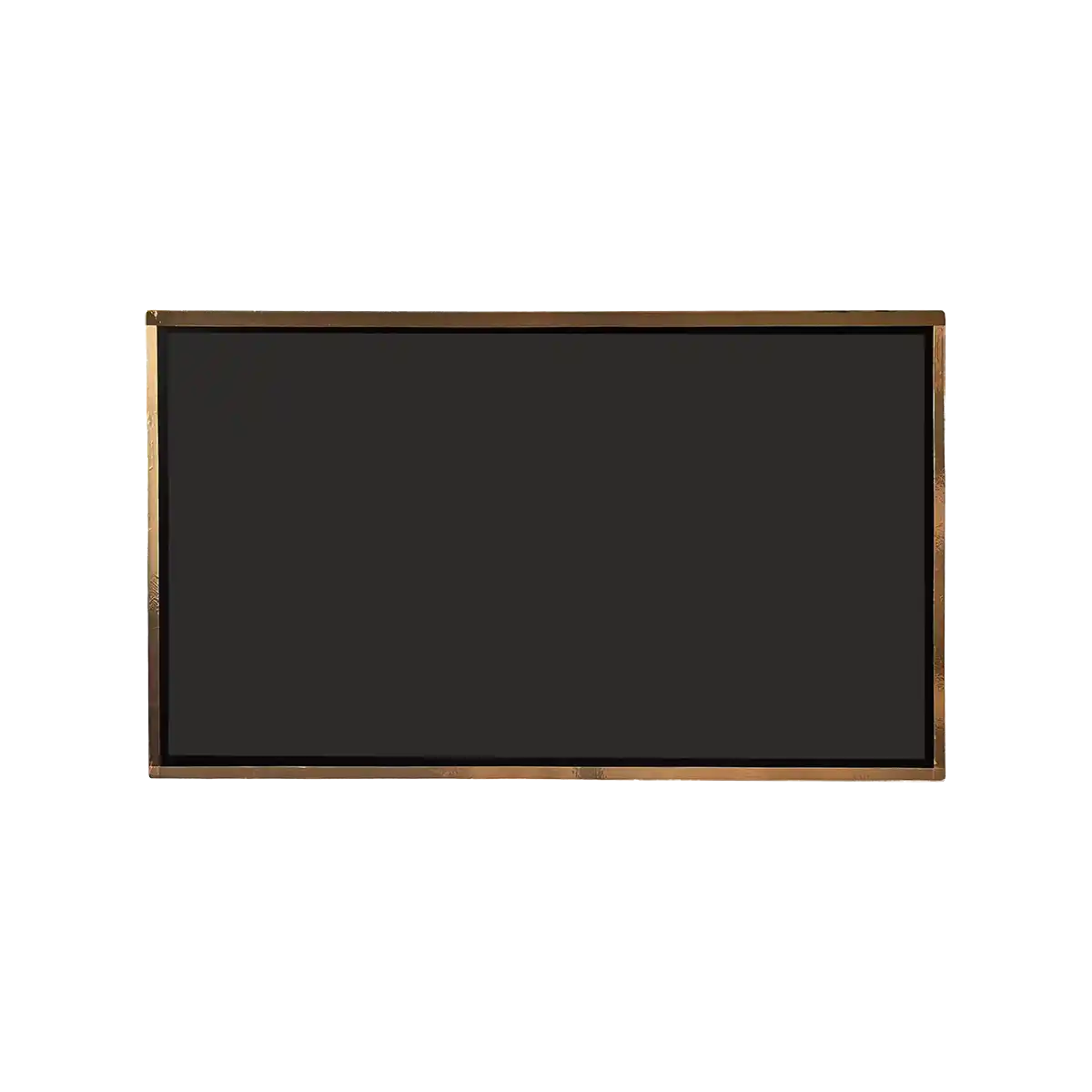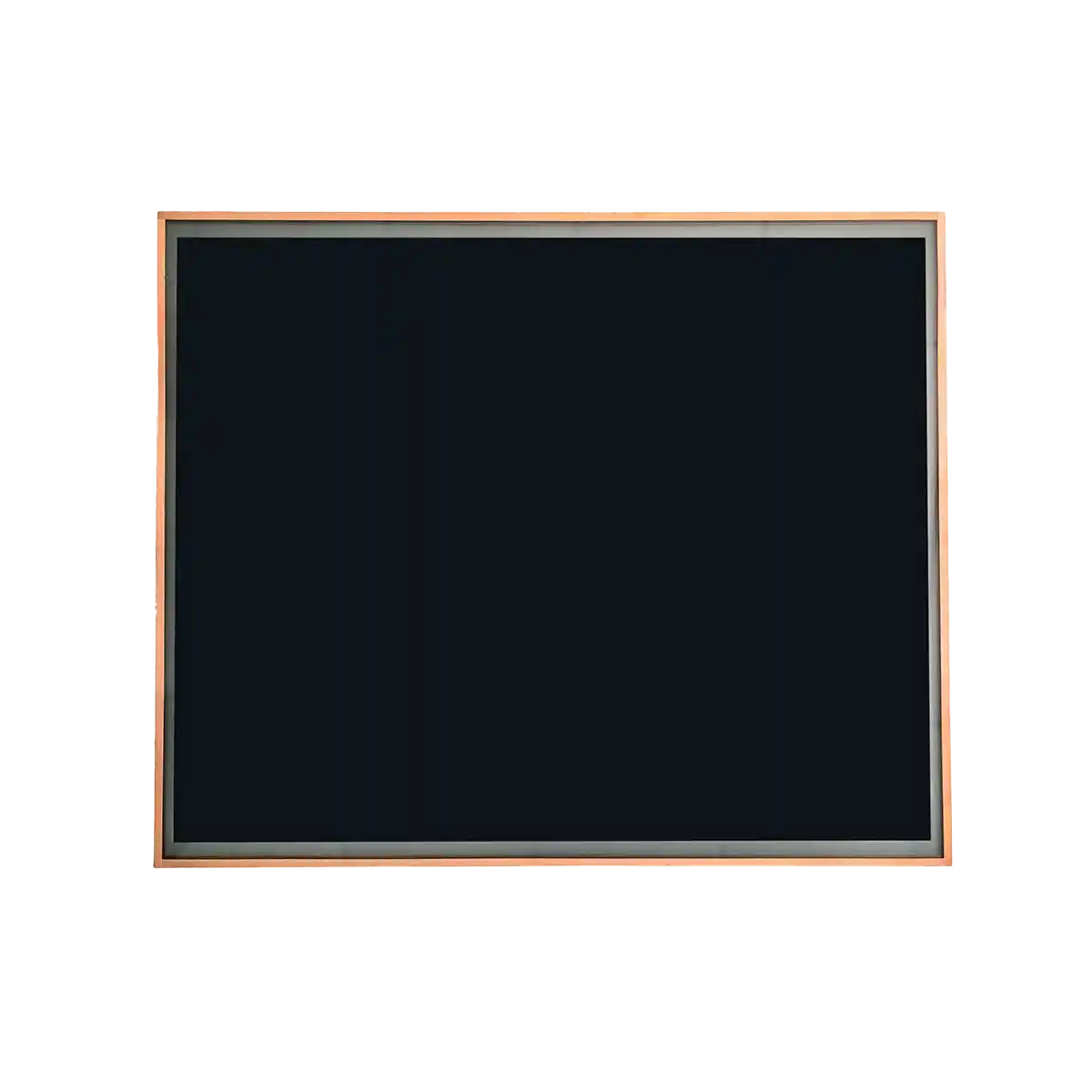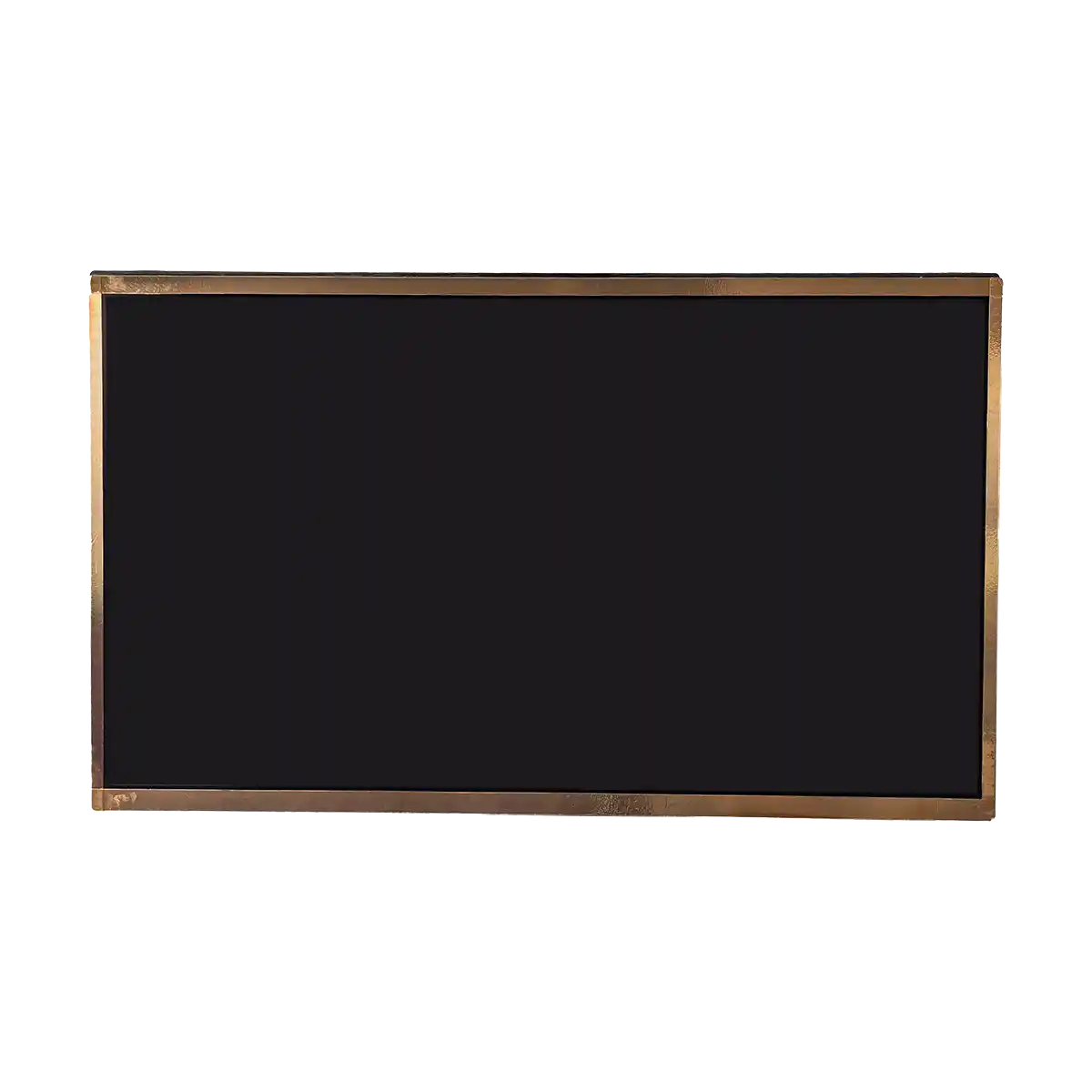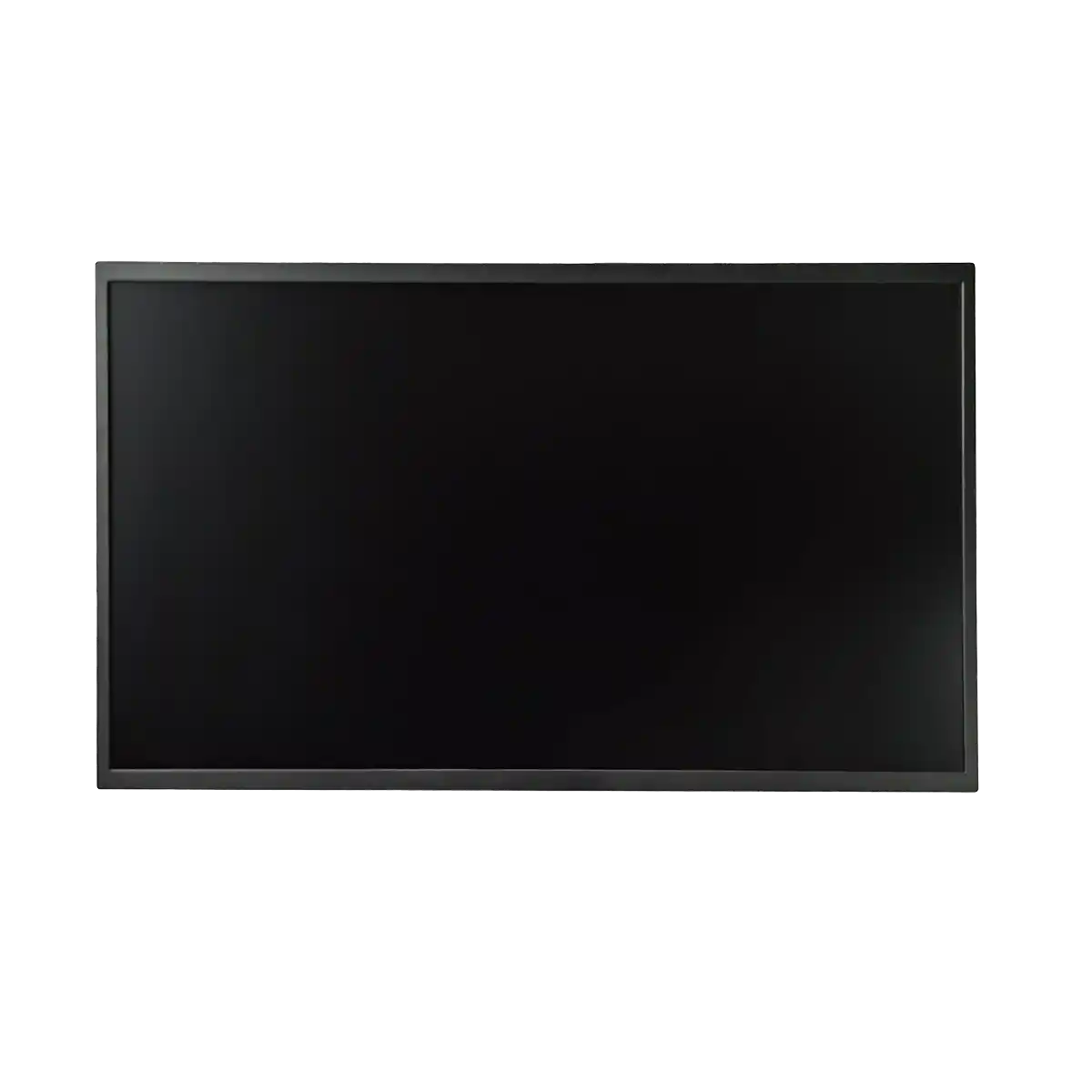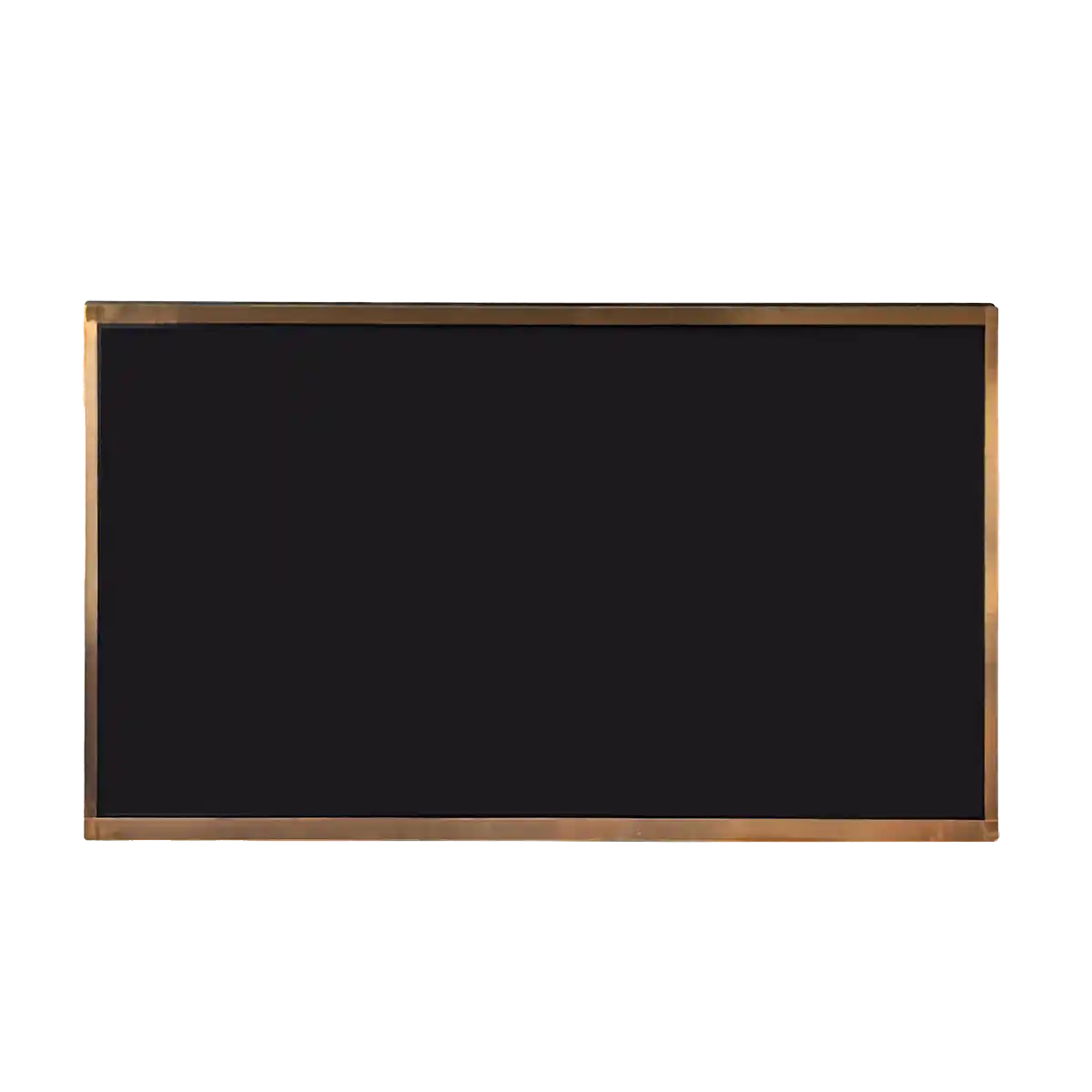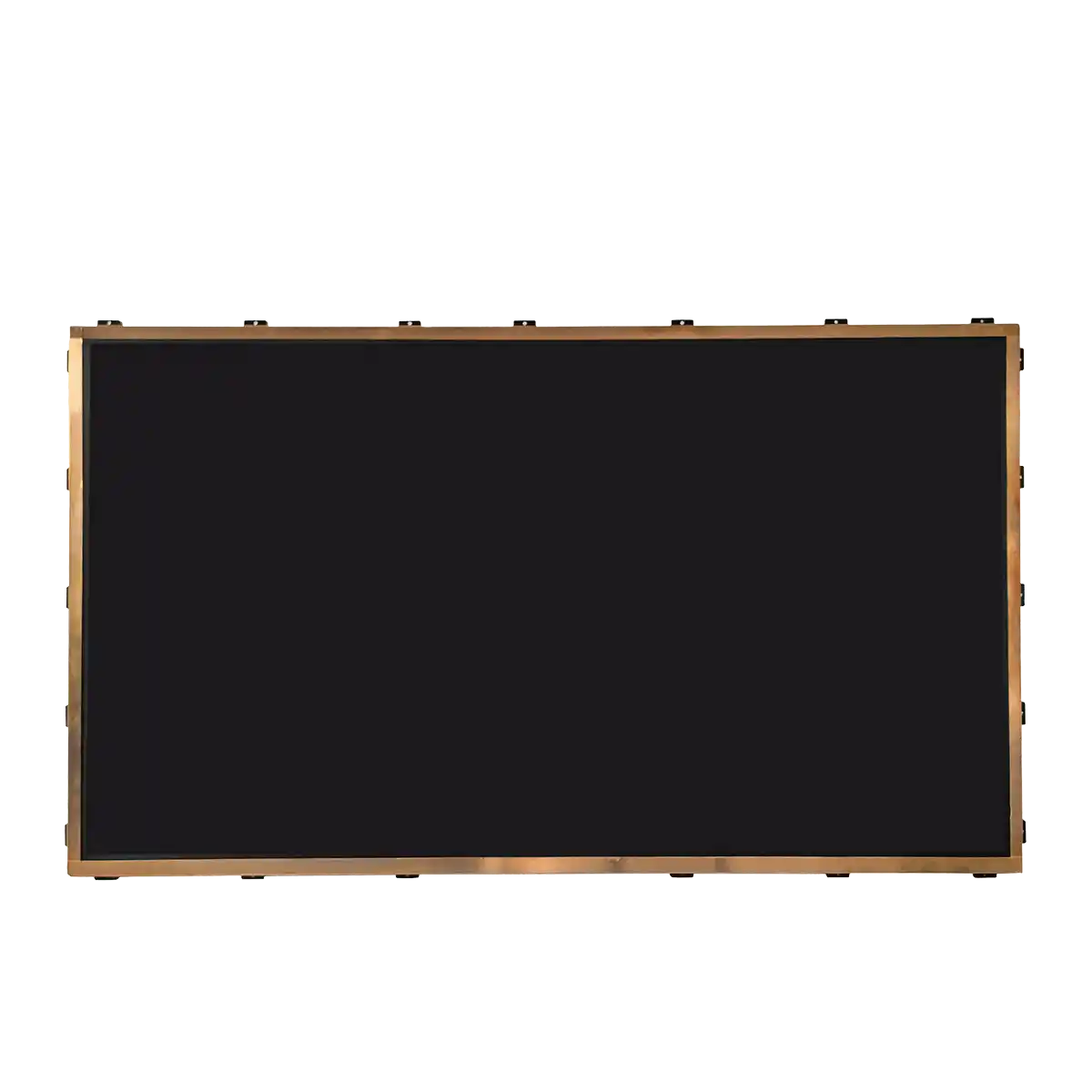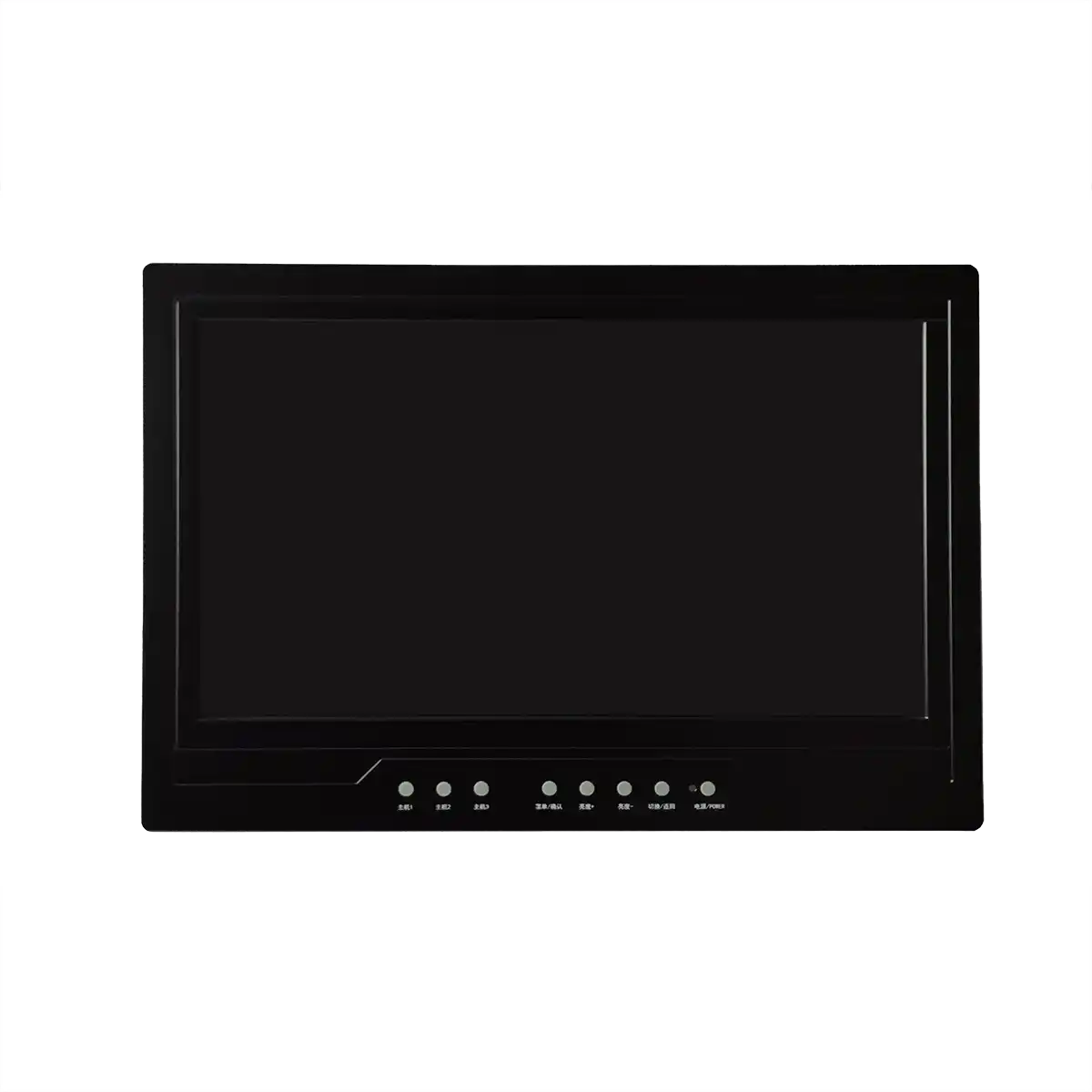The Impact of Resolution on User Experience with Industrial LCD Screens
Introduction
In the realm of industrial applications, the display technology plays a pivotal role in the efficiency and effectiveness of operations. Industrial LCD screens, or Liquid Crystal Displays, are widely utilized for their durability, versatility, and ability to withstand harsh environmental conditions. The resolution of these screens is a critical parameter that significantly influences the user experience (UX). This article delves into the intricate relationship between resolution and UX, exploring how higher resolutions can enhance readability, precision, and overall satisfaction in industrial settings.
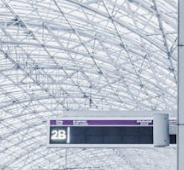
Body
1. Understanding Resolution in Industrial LCD Screens
Resolution refers to the number of pixels, or picture elements, that a display can show. It is typically measured in terms of horizontal by vertical pixels, such as 800x600 or 1920x1080, commonly known as 4:3 and 16:9 aspect ratios, respectively. In industrial LCD screens, higher resolutions allow for more information to be displayed simultaneously, which is crucial for tasks requiring detailed visual data, such as in control rooms, manufacturing lines, and surveillance systems.
2. The Role of Pixel Density
Pixel density, or PPI (pixels per inch), is another important aspect of resolution. It measures how many pixels are packed into a given area of the screen. A higher PPI means a denser pixel array, which can lead to a sharper image and better detail. Industrial LCD screens with high PPI are particularly beneficial in applications where fine details need to be discerned, such as in medical imaging or quality control processes.
3. Impact on Readability and Ergonomics
Readability is a key factor in UX, especially in industrial environments where information must be quickly and accurately interpreted. Higher resolution screens provide clearer text and images, reducing the strain on the eyes and improving ergonomics. This is particularly important in settings where operators must monitor screens for extended periods, such as in control rooms or during long shifts.
4. Precision and Detail in Industrial Applications
In precision manufacturing and other detailed-oriented tasks, the level of detail provided by a screen can be the difference between a successful operation and a costly error. High-resolution screens offer a greater depth of field and more accurate color representation, which is essential for tasks such as color matching in the printing industry or the inspection of minute defects in electronic components.
5. Scalability and Future-Proofing
As industrial processes become more complex and data-rich, the need for scalable and future-proof displays becomes apparent. High-resolution screens are more adaptable to increasing data demands and can accommodate the integration of more advanced technologies, such as augmented reality (AR) overlays or real-time data streaming, which can provide additional layers of information and insights.
Conclusion
The resolution of industrial LCD screens is a fundamental aspect of the user experience, impacting readability, precision, and the ability to handle complex data. As technology advances, the demand for higher resolution screens will continue to grow, driven by the need for better data visualization and the integration of more sophisticated systems. Investing in high-resolution industrial LCD screens is not just about current operational efficiency but also about preparing for the technological advancements of the future.
Expansion
For further exploration, it's worth considering the impact of other display characteristics on UX, such as refresh rate, color accuracy, and contrast ratio. Additionally, the integration of touch technology and the development of flexible or curved industrial LCD screens offer new dimensions for interaction and information presentation. As industrial applications continue to evolve, so too will the capabilities and expectations of the displays that support them.
This article has provided an in-depth look at the significance of resolution in industrial LCD screens and its impact on user experience. As the technology progresses, it is essential for manufacturers and operators alike to stay informed about the latest advancements to ensure that their displays are not only meeting but exceeding the demands of modern industrial environments.
Recommended Articles
-
Hangzhou LEEHON Technology supplies BOE GT080X0M-N12: High quality 7-inch TFT-LCD module solution
2024-09-14 -
How to Check for Issues in Industrial LCD Panels
2024-09-11 -
How does an LCD screen find individual pixels?
2024-09-11 -
What is the difference between eDP and LVDS?
2024-09-11 -
In-depth analysis of the development of automotive display technology
2024-09-10

